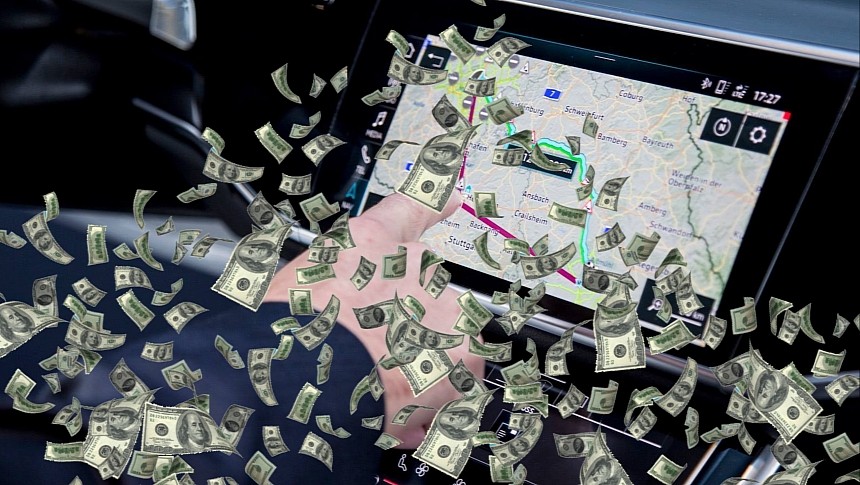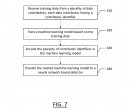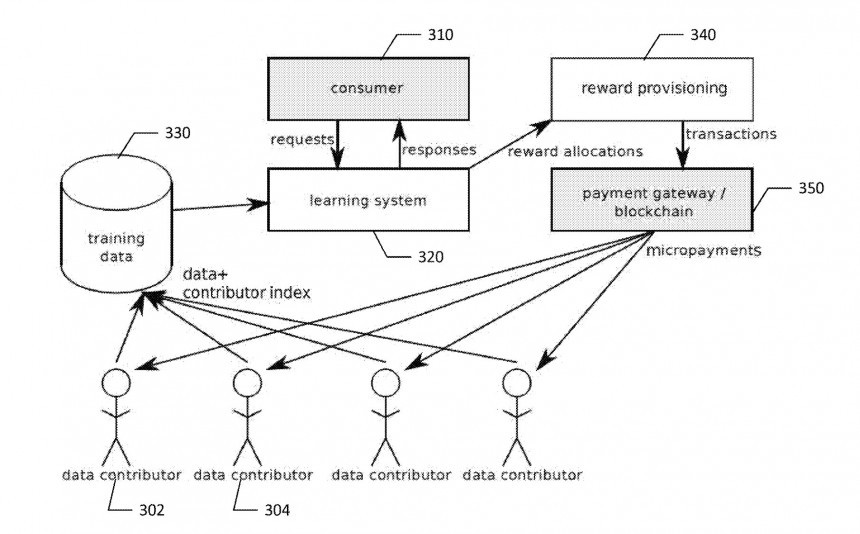Waze is a modern solution to an old problem, helping drivers deal with heavy traffic by finding a route to avoid jams, accidents, and other incidents that potentially slow them down.
The crowdsourcing engine is the technology that powers Waze, with all users running the app contributing with data that eventually helps the platform find faster routes to a user-defined destination.
Waze collects traffic data in two ways. On the one hand, the application allows users to send traffic reports on the incidents they encounter on the road, including accidents, speed traps, potholes, traffic jams, broken traffic lights, and roadkill. Every incident could cause a slowdown, so by reporting them in the app, users help Waze warn other motorists and find routes to avoid these locations.
On the other hand, Waze collects data when the app runs on a mobile device. The Google-owned company says users don't even have to enable navigation to contribute to making Waze better, as running the app on their smartphones is enough to upload traffic information.
If you wonder why someone should send traffic reports and contribute to Waze, the answer comes down to the concept the application is based on. The more users, the better the application eventually works. When you send a report, you help others get better routes. When others send reports, they help you get a better route. As a community, you help Waze generate better routes so every user finds a faster route to their destination.
Navigation expert HERE, whose solutions are often considered top alternatives to Google Maps, comes with a new proposal to convince users to contribute with valuable data. The company proposes a payment system that would reward users for their contributions, so instead of the community's appreciation, you could also receive money for flagging accidents, traffic jams, and floods.
A patent called "method, apparatus, and computer program product for identifying and compensating content contributors" has all the information regarding the system, explaining that users can receive payments based on their contributions to improving a machine learning system.
The patent describes the technical nature of the system but also how the payment system could work. HERE explains that it could use cryptocurrency to make payments, mainly because the amount of money users receive would be very low. A traditional bank transfer comes with associated fees, so sticking with cryptocurrency makes it easier for a parent company to pay many small sums without caring about extra costs.
HERE goes into great detail about the payment model, nothing that a machine learning system generates small revenues, so the payment it makes to contributors can't be significant. As a result, using a cryptocurrency for micropayments is the most logical choice, avoiding transaction fees and making each transfer on the spot.
The patent reveals that the company could provide users with various payment options, including a setting to collect the funds and make one bigger payment at a certain interval. For example, instead of sending small payments every day, the company could transfer a larger sum once a month.
If you believe HERE's systems could become a new source of income for you, that won't be the case. First, the navigation specialist explains that the payments would be very small. At one point, it mentions "transactions on the order of fractions of a penny," so it's clear you won't get rich by reporting traffic incidents if this system ever goes live.
And second of all, not all reports will receive a financial reward. Only valuable submissions qualify for payments, as HERE aims to train its machine-learning model for more efficient routing. As a result, the company is mainly interested in high-quality reports.
In the meantime, the Waze-inspired model is evolving, and other navigation software developers are working around the clock on updating their solutions with incident reporting capabilities. Apple is the best example, as the iPhone maker has already updated Apple Maps with a feature to let users flag accidents, speed traps, and other traffic incidents. However, the adoption of Apple Maps' incident reporting system is still in the early phases, so you'll rarely come across a report if you use the app for navigation.
Waze remains the king of the crowdsourcing castle, as it relies on a gigantic community that contributes with millions of reports every day. At the same time, Waze also supports a wide variety of reports compared to Apple Maps, including bad weather, blocked lanes, vehicles stopped on the road or the shoulder, construction zones, and potholes.
HERE's idea is currently in the patent stage, so it's too early to discuss a potential release to users. However, given that the push for autonomous driving is rapidly gaining traction, HERE certainly wants to spearhead the navigation push in this space. I expect the company to pursue more ideas like this one in the coming years.
You can find the full patent after the jump if you're interested in all the technical details about the new technology.
Waze collects traffic data in two ways. On the one hand, the application allows users to send traffic reports on the incidents they encounter on the road, including accidents, speed traps, potholes, traffic jams, broken traffic lights, and roadkill. Every incident could cause a slowdown, so by reporting them in the app, users help Waze warn other motorists and find routes to avoid these locations.
On the other hand, Waze collects data when the app runs on a mobile device. The Google-owned company says users don't even have to enable navigation to contribute to making Waze better, as running the app on their smartphones is enough to upload traffic information.
If you wonder why someone should send traffic reports and contribute to Waze, the answer comes down to the concept the application is based on. The more users, the better the application eventually works. When you send a report, you help others get better routes. When others send reports, they help you get a better route. As a community, you help Waze generate better routes so every user finds a faster route to their destination.
Navigation expert HERE, whose solutions are often considered top alternatives to Google Maps, comes with a new proposal to convince users to contribute with valuable data. The company proposes a payment system that would reward users for their contributions, so instead of the community's appreciation, you could also receive money for flagging accidents, traffic jams, and floods.
The patent describes the technical nature of the system but also how the payment system could work. HERE explains that it could use cryptocurrency to make payments, mainly because the amount of money users receive would be very low. A traditional bank transfer comes with associated fees, so sticking with cryptocurrency makes it easier for a parent company to pay many small sums without caring about extra costs.
HERE goes into great detail about the payment model, nothing that a machine learning system generates small revenues, so the payment it makes to contributors can't be significant. As a result, using a cryptocurrency for micropayments is the most logical choice, avoiding transaction fees and making each transfer on the spot.
The patent reveals that the company could provide users with various payment options, including a setting to collect the funds and make one bigger payment at a certain interval. For example, instead of sending small payments every day, the company could transfer a larger sum once a month.
If you believe HERE's systems could become a new source of income for you, that won't be the case. First, the navigation specialist explains that the payments would be very small. At one point, it mentions "transactions on the order of fractions of a penny," so it's clear you won't get rich by reporting traffic incidents if this system ever goes live.
And second of all, not all reports will receive a financial reward. Only valuable submissions qualify for payments, as HERE aims to train its machine-learning model for more efficient routing. As a result, the company is mainly interested in high-quality reports.
Waze remains the king of the crowdsourcing castle, as it relies on a gigantic community that contributes with millions of reports every day. At the same time, Waze also supports a wide variety of reports compared to Apple Maps, including bad weather, blocked lanes, vehicles stopped on the road or the shoulder, construction zones, and potholes.
HERE's idea is currently in the patent stage, so it's too early to discuss a potential release to users. However, given that the push for autonomous driving is rapidly gaining traction, HERE certainly wants to spearhead the navigation push in this space. I expect the company to pursue more ideas like this one in the coming years.
You can find the full patent after the jump if you're interested in all the technical details about the new technology.












